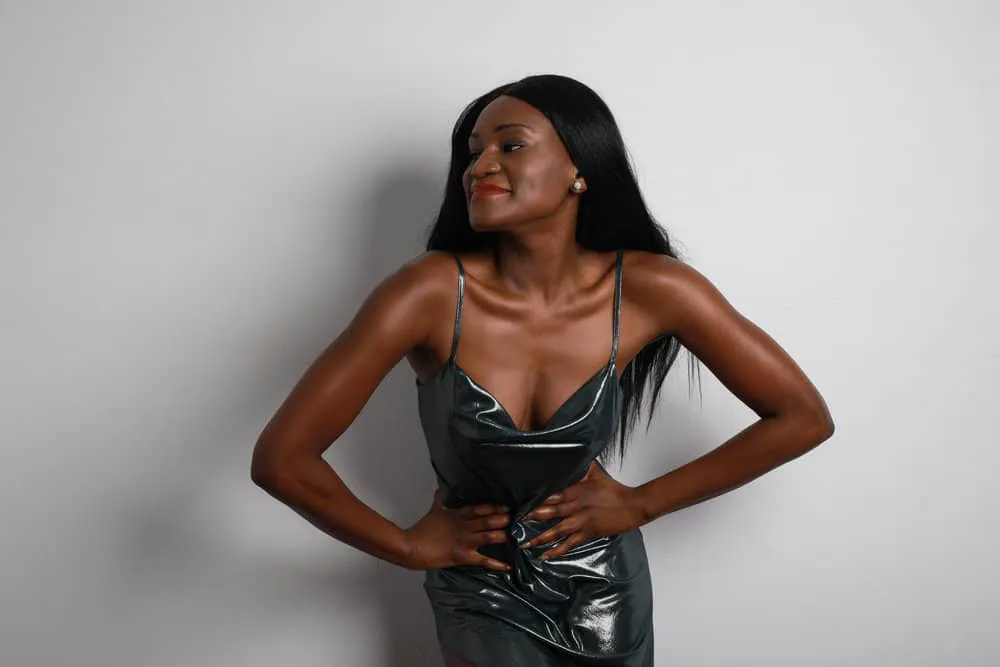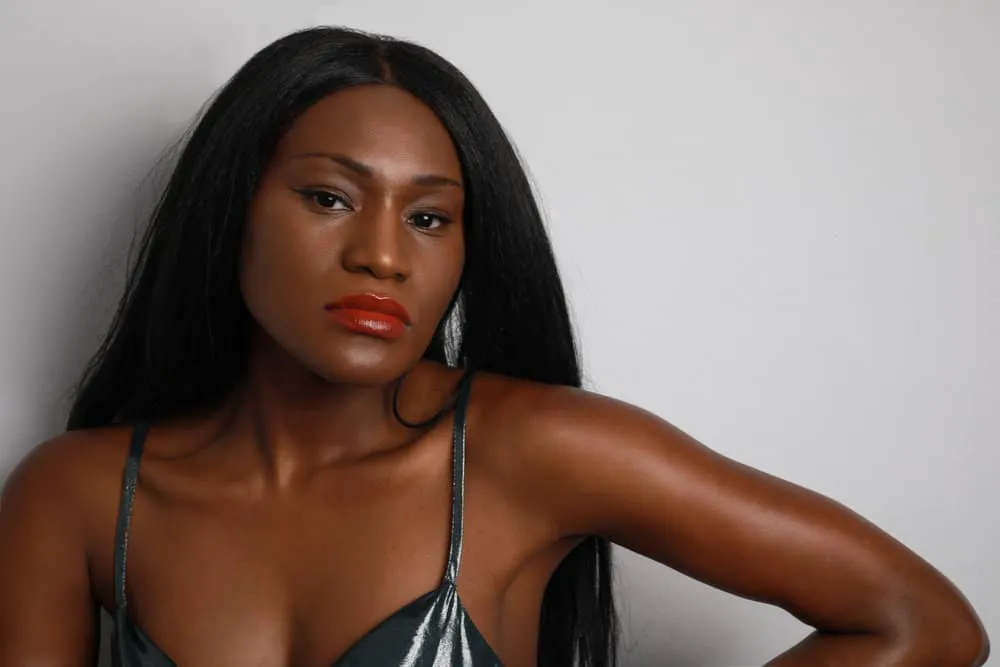Sew-In Install: A Guide to This Popular Hairstyle
Sew-In Install: Everything You Need to Know
Sew-In Install: Everything You Need to Know
Cons Of Getting Sew-Ins
Now let’s dive into the potential downsides of sew-in hair extensions.
Time-Consuming Installation
If you’re planning on getting sew-in extensions, you need to be ready to spend several hours in the salon.
Similarly, removing the extensions requires the stylist to carefully cut the thread used to sew them in, which can also take a considerable amount of time.
Potential Damage To Natural Hair
Sew-in hair extensions have the potential to cause damage to your real hair if they are not installed or maintained properly.
The braided base used to secure the extensions can be too tight, creating excess tension by pulling on the scalp and hair follicles.
This tension can cause damage your real hair and even cause breakage, leading to hair loss or thinning.
Expensive Price
Potential Discomfort or Pain
Sew-in hair extensions may also cause pain because the braids used to secure the extensions in place can sometimes feel tight or pull on your scalp, which may lead to discomfort or even headaches.
If you have a sensitive scalp or a tendency to get headaches, it’s important to communicate with your stylist about any discomfort you may be feeling during the installation procedure.
Essential Sew-in Braid Patterns
When braiding hair for a sew-in weave, the braiding pattern you choose is crucial. There are several go-to braid patterns that work well as a base for sew-in weaves, allowing versatility in styling.
Let’s explore some top essential braid patterns to use when braiding down for your next flawless sew-in.
4. Way Vixen Pattern
Versatility defines the 4-Way Vixen braid pattern for sew-ins, giving you extreme freedom in styling options. With this pattern, you can achieve various looks and experiment with different hairstyles.
Here are some reasons why the 4-Way Vixen pattern is a popular choice:
- Allows for face-framing layers
- Provides tension relief on your scalp
- Ensures a neat and secure foundation for your sew-in
- Perfect for braiding patterns used in full sew-ins
Zig-Zag Pattern
The zig-zag braid pattern’s diagonal criss-crossing allows you multiple styling and parting possibilities.
Opt for this versatile technique when desiring angled hairdos with dimensional layers.
The zig-zag’s beginner-friendly nature provides options from subtle dimension to dramatic swooped bangs.
By braiding down in this dynamic pattern before sewing in your weave, you enable diverse styling with layered parting on the crown, sides, even bangs.
Feel empowered to embrace versatile dimension by zig-zag braiding when preparing to sew in hair.
Straight-Back Without Leave-Out
To achieve a secure and natural-looking sew-in style, master the Straight-Back Without Leave-Out braid pattern. This beginner-friendly approach ensures a protective and flawless foundation for your sew-in.
By braiding your hair in straight back cornrows without leaving any hair out, you create versatility in styling options while maintaining a natural appearance.
Enhance the longevity of your sew-in with this simple yet effective technique that caters to both beginners and experienced stylists alike.
Diagonal Pattern
For a more unique and dynamic sew-in style, consider opting for the diagonal pattern when braiding down your hair.
The diagonal pattern adds a touch of angled elegance to your look, creating stunning visual appeal.
Types Of Sewn-In Extensions
One of the best things about sew-in hair extensions is that it has two specific types that cater to different needs.
Let’s dive into what makes each of these types unique and which one might be the right fit for you!
Full Sew-Ins
As the name suggests, full sew-in hair extensions involve sewing extensions into your entire head of hair. This means that none of your natural hair is left out; all of it is braided into cornrows and hidden under the extensions.
This creates a seamless, natural look that can last for several weeks.
Partial Sew-Ins
With the partial sew hair extension method, only a portion of your hair is braided and sewn in, leaving the rest of your natural hair out.
This type is great for those who want to add volume or length to specific areas of their hair, without committing to a full sew-in.
This also gives you the option to add highlights or lowlights to your hair without dyeing your natural tresses.
How Much Is a Sew-In?
Sew-ins take a lot of time, effort, and experience to install. As a result, they can be rather pricey. The average cost of a sew-in installation usually falls between $100 to $500. Keep in mind that this is the price for the installation alone.
Sew-ins also require one or more bundles of hair extensions .
Some hairstylists allow you to bring your own hair in, while others provide the hair at an additional cost. If you don’t supply your own hair, you may pay an additional $80 to $600. The price of hair varies depending on the length and quality of the hair and whether you purchase synthetic or human hair extensions .
Note: Real human hair extensions will usually cost more than synthetic hair bundles. We recommend buying high-quality hair whenever possible. Not only will it often last longer and endure normal styling habits, but it will also often look much more natural.
Other factors that can impact how much your sew-in costs include the following:
How Long Does a Full Sew-in Take?
Your installation may take significantly longer if you get additional services, like a haircut or color. Either way, you should expect to spend at least a few hours in the salon.



Tegs:
Search
Recent Posts
-
Weave Installation Price Guide: Get an Estimate for Your Hair Goals
Apr 19 2025
-
Learn How to Install a Sew-In Wig Like a Pro
Apr 25 2025
-
Weaving Styles Explained: A Comprehensive Guide to Installing Weave
Apr 30 2025
-
Install Embroidery Fonts Effortlessly: Step-by-Step Guide and Expert Tips
Apr 30 2025
Subscribe to Updates
Get the latest posts and fashion insights directly in your inbox.